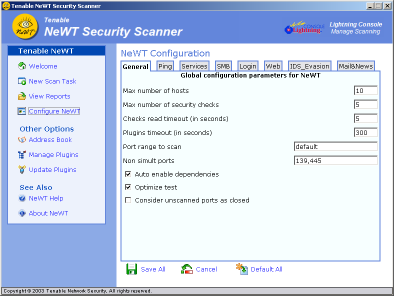Bay Auction for "The Best Sr. Network/Security Engineer"
I searched for "VMS Alpha" today at eBay and found this item for auction by niteraven-99 . This guy has put himself up for bid! "You are bidding on myself to work at your company. I will relocate at my expense and honor any offers received through eBay or otherwise. Here is my information. Over 15 years of extensive experience in the Information Technology Industry. Strengths are in networking, security, firewalls, LAN/WAN, Web Server, Application Server, SQL Server, and Oracle Server technologies including infrastructure design, integration, implementation, performance testing, problem resolution, security and network design, Firewall and IDS Implementation using a variety of platforms and products as well as, managerial and strong leadership skills." The "buy it now" price is $100,000 and the starting price is $50,000. Hurry! The auction ends Jan-30-04 11:57:37 PST.






